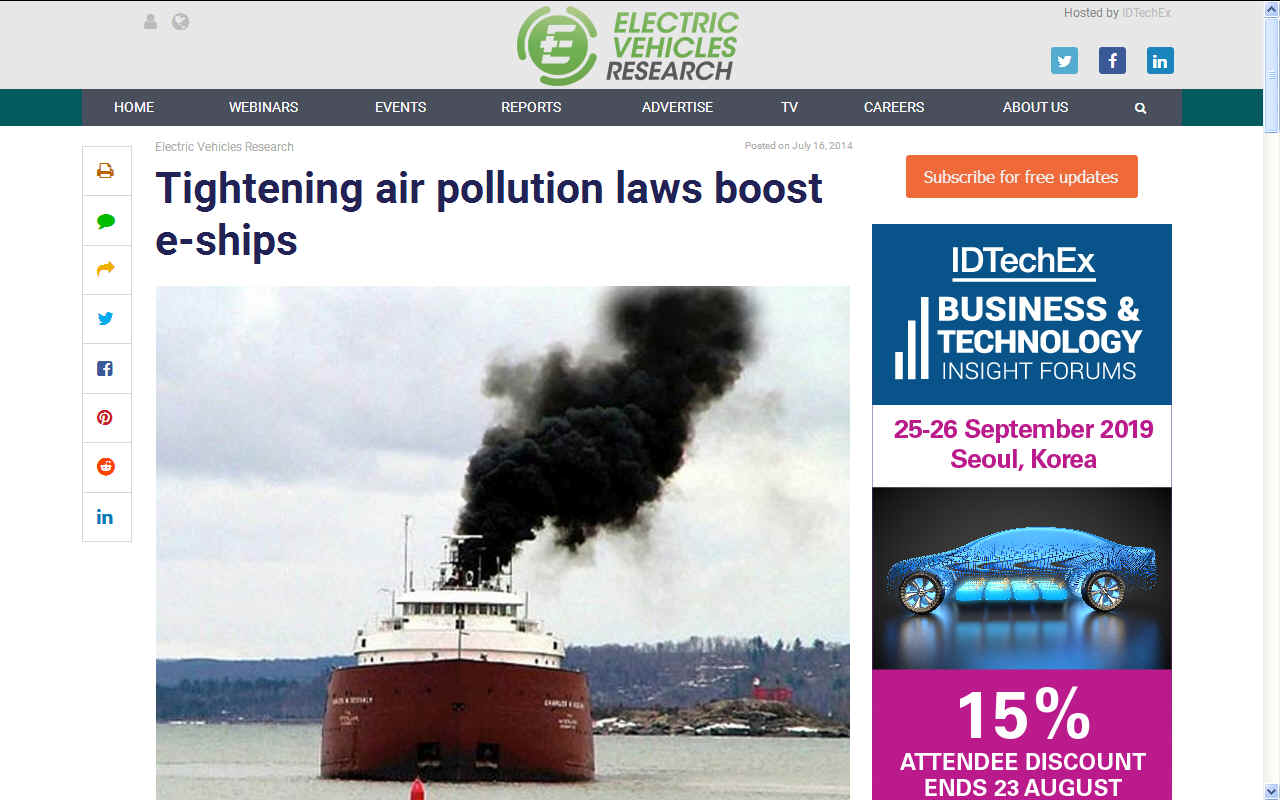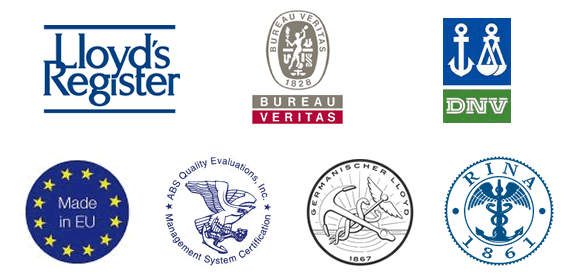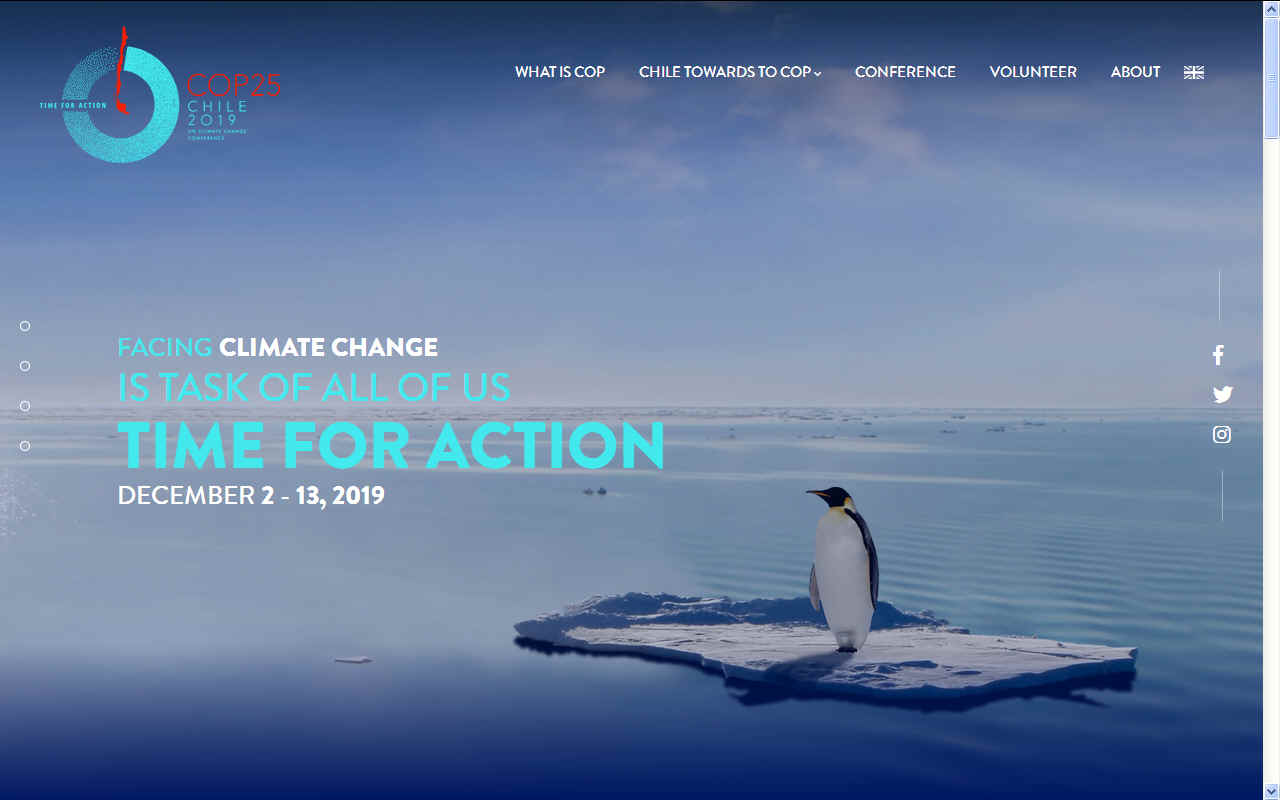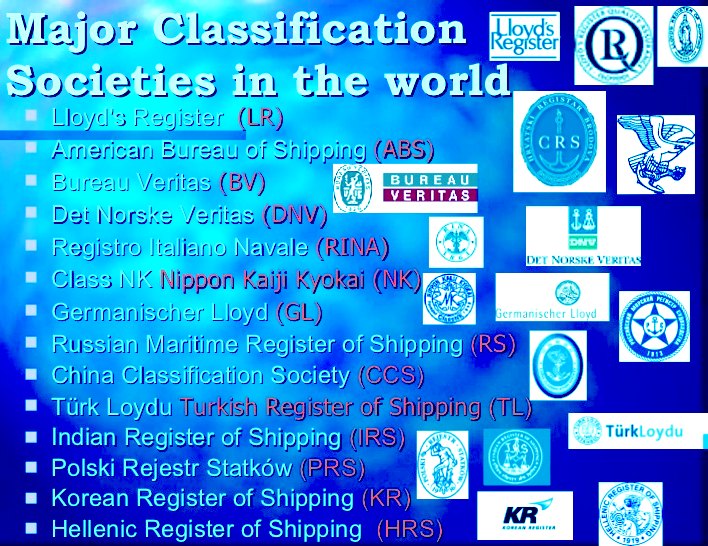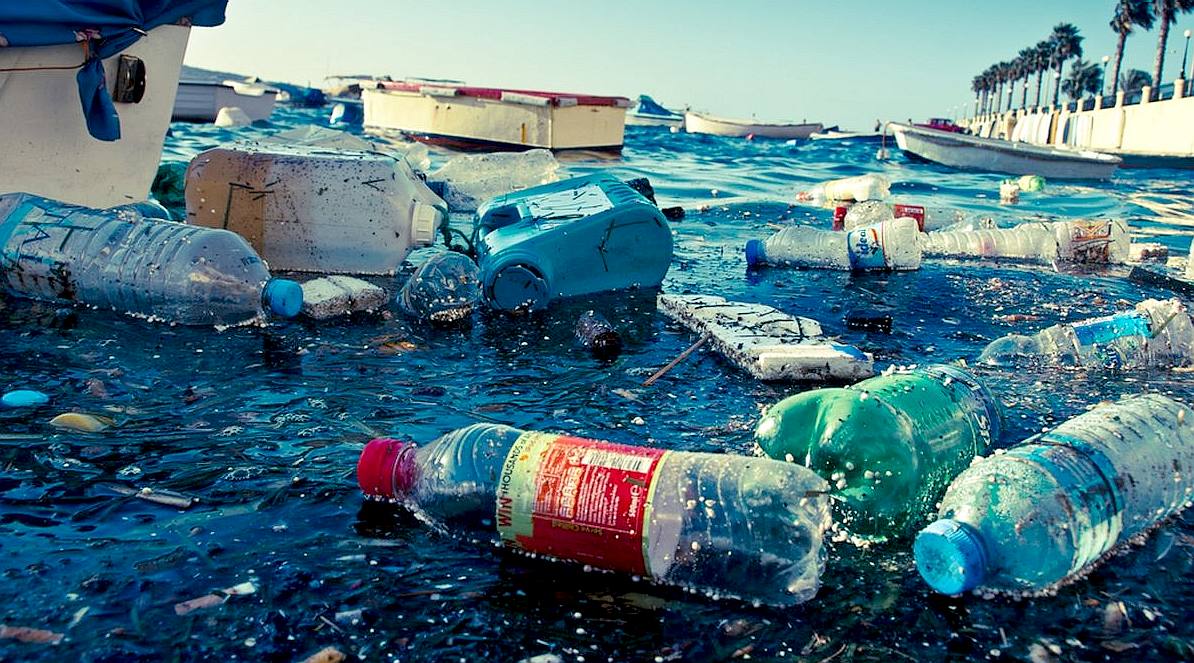|
WHAT IS A CLASSIFICATION SOCIETY ? PLEASE USE OUR A-Z INDEX TO NAVIGATE THIS SITE
An experimental type of vehicle, or the creation of a new class of vessel is one of the hardest tasks to achieve for any shipbuilder or fleet operator, let alone an independent research and development organization that may be functioning on a not for profit basis. Looking to develop concepts to tackle specific challenges, such as climate change and ocean pollution.
Classification societies thus play an important part in helping to bring into the system, vessels that may benefit mankind, but without help from established experts in the field, may never see the light of day. This is especially so where a potential conflicts of interests may arise as to extant contracts is relation to existing fleets between operators looking to extract maximum use from their assets.
Where marine transportation is a conservative industry, the governing bodies that set the rules of play have also been conservative, sometimes making it extremely difficult for disruptive technology to emerge from inflexibility and delayed action.
For this reason the advancement of shipping may benefit from a classification society that is dedicated to assisting maverick designers to gain recognition for alternative technology, such that human knowledge grows - even if it is not taken up - that at least bold concepts might be achieve some level of recognition, should it be that fleet operators need such technology in future.
One such crisis that could have been averted if such technology had been accelerated to TRL6 (for example) is the present vacuum where shipping will find it difficult to meet the targets set by the IMO for 2030, heading into 2050.
We would suggest that existing societies might club together to support the creation of such a society in the future. A society dedicated to advancing technology, rather than simply making sure that ships are built to a standard and maintained.
TOP TWENTY
HOW DOES CLASSIFICATION WORK?
The classification process begins with the evaluation by the classification society of a submitted design to determine its compliance with the rules. During construction, classification society surveyors attend the vessel to verify that it is built in conformance with the drawings and to the rules. On delivery, the vessel will receive periodic surveys by the society to verify that it is being maintained to the required standard. These surveys generally follow a five-year cycle of annual, intermediate and special surveys with the extent of the survey varying depending upon the age of the vessel or offshore unit and the type of survey being conducted.
CLASSIFICATION SOCIETIES - are organizations for the promulgation of rules for the construction of vessels, the supervision of such construction, the classification of vessels according to merit, and the publication of a register listing them and classifying their essential features.
REGULAR
SURVEYS FOR INSURANCE
Classification surveyors inspect ships to make sure that the ship, its components and machinery are built and maintained according to the standards required for their class.
To avoid liability, classification societies explicitly disclaim responsibility for the safety, fitness for purpose, or seaworthiness of the ship, but is a verification only that the vessel is in compliance with the classification standards of the society issuing the classification certificate.
The insurance requirement can be used to good effect to undermine advances, once such change being the introduction of cleaner engines that burn cleaner fuels, or even electric ships that run on renewable energy.
Classification societies also issue International Load Line Certificates in accordance with the legislation of participating States giving effect to the International Convention on Load Lines (CLL 66/88).
Currently, more than 50 organizations worldwide describe their activities as including marine classification, some of which are listed below. Twelve of these are members of the International Association of Classification Societies. The largest are DNV GL, the American Bureau of Shipping, Nippon Kaiji Kyokai (ClassNK) and Lloyd's Register.
Classification societies employ naval architects, ship surveyors, material engineers, piping engineers, mechanical engineers and electrical engineers, often located at ports and office buildings around the world.
Marine vessels and structures are classified according to the soundness of their structure and design for the purpose of the vessel. The classification rules are designed to ensure an acceptable degree of stability, safety, environmental impact, etc.
In particular, classification societies may be authorised to inspect ships, oil rigs, submarines, and other marine structures and issue certificates on behalf of the flag state.
As well as providing classification and certification services, the larger societies also conduct research at their own research facilities in order to improve the effectiveness of their rules and to investigate the safety of new innovations in shipbuilding.
IACS - ASSOCIATION OF CLASSIFICATION SOCIETIE'S
The IACS is a technically based non-governmental organization that currently consists of twelve member marine classification societies. More than 90% of the world's cargo-carrying ships’ tonnage is covered by the classification standards set by member societies of IACS.
Marine classification is a system for promoting the safety of life, property and the environment primarily through the establishment and verification of compliance with technical and engineering standards for the design, construction and life-cycle maintenance of ships, offshore units and other marine-related facilities. These standards are contained in rules established by each Society. IACS provides a forum within which the member societies can discuss, research and adopt technical criteria that enhance maritime safety.
IACS has consultative status with the IMO, and remains the only non-governmental organization with observer status which also develops and applies technical rules that are reflective of the aims embodied within IMO conventions. The link between the international maritime regulations, developed by the IMO and the classification rule requirements for a ship’s hull structure and essential engineering systems is codified in the International Convention for the Safety of Life at Sea (SOLAS).
TRANSFERABLE TECHNOLOGY - The design of the Climate Change Challenger* might be adapted to Cargo, Container, Cruise and Ferry designs, without needing to radically alter port facilities. The designs above are not representative of adaptations of the concept, but serve to illustrate the thinking of other design houses.
Once proven, scaled up versions of the Challenger might be phased in from 2030, with help from a scrappage scheme and taxation on marine diesel fuels for internal combustion engines.
* A project aiming to design, build and field a zero carbon (solar and wind powered) yacht from 2020.
In the second half of the 18th century, London merchants, shipowners, and captains often gathered at Edward Lloyds’ coffee house to gossip and make deals including sharing the risks and rewards of individual voyages. This became known as underwriting after the practice of signing one's name to the bottom of a document pledging to make good a portion of the losses if the ship didn't make it in return for a portion of the profits. It did not take long to realize that the underwriters needed a way of assessing the quality of the ships that they were being asked to insure. In 1760, the Register Society was formed — the first classification society and the one which would subsequently become Lloyd's Register — to publish an annual register of ships.
This publication attempted to classify the condition of the ship’s hull and equipment. At that time, an attempt was made to classify the condition of each ship on an annual basis. The condition of the hull was classified A, E, I, O or U, according to the state of its construction and its adjudged continuing soundness (or lack thereof). Equipment was G, M, or B: simply, good, middling or bad. In time, G, M and B were replaced by 1, 2 and 3, which is the origin of the well-known expression 'A1', meaning 'first or highest class'. The purpose of this system was not to assess safety, fitness for purpose or seaworthiness of the ship. It was to evaluate risk.
Samuel Plimsoll pointed out the obvious downside of insurance:
"The ability of shipowners to insure themselves against the risks they take not only with their property, but with other peoples’ lives, is itself the greatest threat to the safe operation of ships."
Bureau Veritas (BV) was founded in Antwerp in 1828, moving to Paris in 1832. Lloyd's Register reconstituted in 1834 to become 'Lloyd's Register of British and Foreign Shipping'. Where previously surveys had been undertaken by retired sea captains, from this time surveyors started to be employed and Lloyd's Register formed a General Committee for the running of the Society and for the Rules regarding ship construction and maintenance, which began to be published from this time.
In 1834, the Register Society published the first Rules for the survey and classification of vessels, and changed its name to Lloyds Register of Shipping. A full-time bureaucracy of surveyors (inspectors) and support personnel was put in place. Similar developments were taking place in the other major maritime nations.
The adoption of common rules for ship construction by Norwegian insurance societies in the late 1850s led to the establishment of Det Norske Veritas (DNV) in 1864. RINA was founded in Genoa, Italy in 1861 under the name Registro Italiano Navale, to meet the needs of Italian maritime operators. Germanischer Lloyd (GL) was formed in 1867 and Nippon Kaiji Kyokai (ClassNK) in 1899. The Russian Maritime Register of Shipping (RS) was an early offshoot of the River Register of 1913.
As the classification profession evolved, the practice of assigning different classifications has been superseded, with some exceptions. Today a ship either meets the relevant class society’s rules or it does not. As a consequence, it is either 'in' or 'out' of 'class'. Classification societies do not issue statements or certifications that a vessel is 'fit to sail' or 'unfit to sail', merely that the vessel is in compliance with the required codes.
This is in part related to legal liability of the classification society. However, each of the classification societies has developed a series of notations that may be granted to a vessel to indicate that it is in compliance with some additional criteria that may be either specific to that vessel type or that are in excess of the standard classification requirements. See Ice class as an example.
There have always been concerns that competitive pressure might lead to falling standards – as expressed for example by the European Commission. To counteract class hopping, in 2009, the International Association of Classification Societies (IACS) implemented the Transfer of Class Agreement (TOCA), whereby no member would accept a ship that had not carried out improvements demanded by its previous class society.
CLIMATE CHANGE UN COP HISTORY
DESERTIFICATION COP HISTORY
FAST FOOD SLOW DEATH - It's not just fast food, it is our exploitative society that is poisoning the planet, without thought for the consequences. We've been living at artificially low prices at the expense of killing other life on earth. Eat cheap now and suffer later, with health services picking up the tab and costing the taxpayer more than if we'd dealt with ocean dumping up front.
It is possible to turn the tide of plastic into a revenue stream and at the same time reduce climate change - where plastic packaging has a smaller carbon footprint than other packaging mediums.
LINKS & REFERENCE
http://
This website is provided on a free basis as a public information service. copyright © Cleaner Oceans Foundation Ltd (COFL) (Company No: 4674774) 2019. Solar Studios, BN271RF, United Kingdom. COFL is a company without share capital.
|

